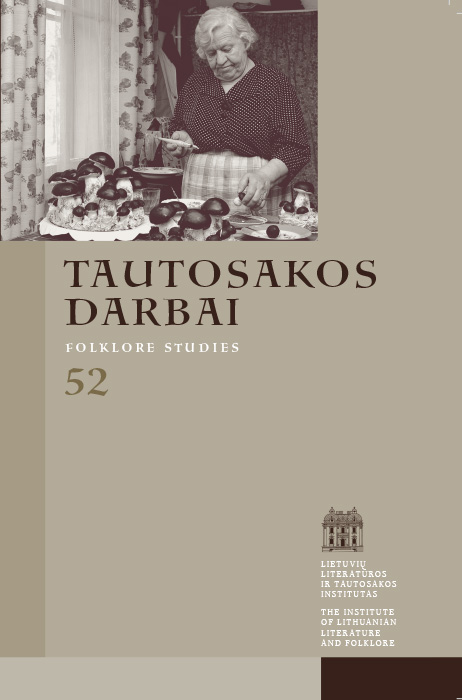The Gender of Trees and Their Relationship: Towards the Dendromythology
Abstract
The article consists of two parts. In the first part, the gender of trees emerging in the folk traditions, primarily in the Baltic and Slavic ones, and generally depending on the grammatical form of the denomination of a particular tree is considered. Subsequently, some mythological and ritual materials are presented in the second part of the article, according to which the “female” and “male” trees have sexual relations, mate, and wed. This, on the one hand, amounts to an introduction into the general dendromythology; while on the other hand, it serves to argue that in traditional texts, there is no unbridgeable gap between “purely” poetic metaphor and the corresponding mythological and ritual imagery
Downloads
Download data is not yet available.
Most read articles by the same author(s)
- Vida Norvaišienė, Dainius Razauskas, Rūta Žarskienė, Vita Ivanauskaitė-Šeibutienė, Lina Būgienė, Chronicle , Tautosakos darbai: Vol. 49 (2015)
- Dainius Razauskas, Mythical Images in “The Seasons” by Kristijonas Donelaitis: the Grass , Tautosakos darbai: Vol. 49 (2015)
- Daiva Vaitkevičienė, Dainius Razauskas, Researching Mythology – with the Heart and from the Heart. Daiva Vaitkevičienė interviewing Dainius Razauskas , Tautosakos darbai: Vol. 60 (2020)
- Dainius Razauskas, Congratulations, Professor Tatjana Civjan , Tautosakos darbai: Vol. 53 (2017)




